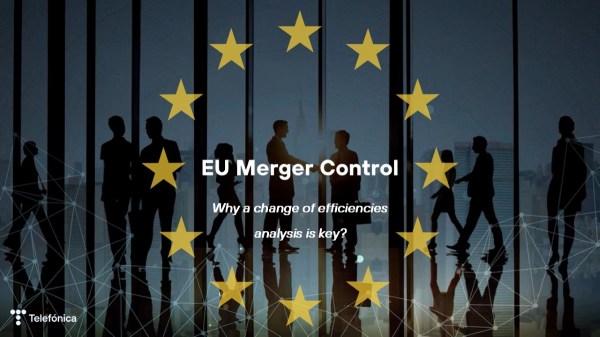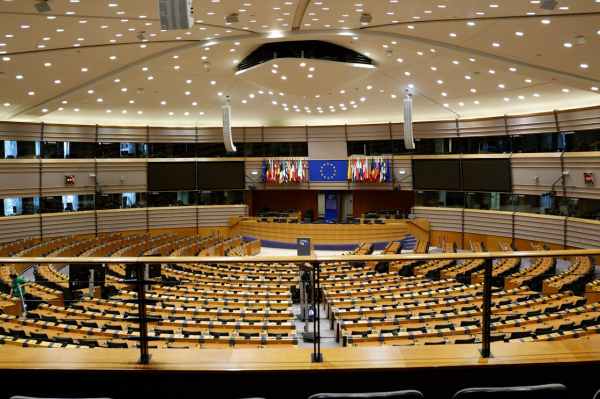South Korea: a broadly misinterpreted case
South Korea took the leadership in proposing a solution for a fair contribution to be made by large traffic originators to the financing of telecommunication networks. This has captured the attention of the industry in recent months – particularly following Netflix’s decision to file a lawsuit against Korean telecom operator SK Broadband over its 2018 dispute regarding network access fees.
Big Tech have referenced this case as unequivocal proof of the negative consequences of the proposal being made by operators in Europe. The reality is quite different.
South Korea: the pioneer in defining a new model for interconnection and network access
South Korea was one of the first countries to realize that the 1990’s Internet interconnection model has been distorted by the recent emergence of new players. Large traffic originators have created an extraordinary imbalance in traffic exchanges, and this was not being reflected in the interconnection agreements between operators. The market had not been able to adapt the model due to the strong bargaining power of these new players. We have previously referenced how this situation has led to a distorted and dysfunctional interconnection model.
In 2018, South Korea developed an IP interconnection regulation that established a compensation model between operators based on the imbalance of the volume of traffic exchanged. This regulation applies a simple rule of ratio – focusing on the traffic between operators on the same level – with operators’ levels also being covered by the regulation. Anything up to 1:1.8 is considered balanced, leading to net payments equal to zero. Should traffic exchange exceed this ratio, the operator sending a higher volume of traffic must make payments in the interconnection according to a regulated price.
In addition to the decision on traffic imbalance, the South Korean regulator also made another critical decision: it defined content providers and large traffic originators as Internet users – not as operators. The South Korean solution has restored balance and a level playing field both in the telecoms market and in the entire Internet ecosystem in the country.
As we described in this article, large traffic originators have taken advantage of the current interconnection model as they gained market power – acting as if they were a special type of operator, and directly negotiating interconnection agreements with other operators. But Large Traffic Originators and operators are not peers, since LTOs are not operators, have a much leaner and different network cost structure and do not invest nor manage access networks, the most costly and regulated part of the network.
Most importantly, peer agreements rely on the premise that equal levels of traffic exchange can be resolved between peers which have similar cost structures at zero cost. This is not applicable today to the handful of companies accounting for almost 50% of the global internet traffic, and therefore generating the same amount of traffic as the rest of the world combined.
LTOs are not operators, but they have used their market power, size, and the relevance of their user content as a significant bargaining chip in negotiations with operators. This has resulted in unequal conditions, often leading to a free traffic exchange agreement, which is detrimental for the operators.
Streaming quality dropped – but only because a content provider decided to reroute data
This part of the story is often misunderstood. When operators have not agreed to the demands of the free service, large traffic originators have reacted by rerouting the traffic through an interconnection in another country. This traffic reaches the end users through other networks, but results in a degradation of the user experience. In the case of South Korea, a large content provider started sending traffic through interconnections in Japan.
Without balanced regulation on traffic, this mechanism allows traffic generators to avoid paying the national operators, whilst allowing them to apply extraordinary pressure in negotiations with operators to accept free agreements.
The rerouting of traffic, via transit networks, has an impact on customers where a free service agreement has not been agreed upon, such as in South Korea. Customers subsequently perceive that the quality of the service is worse. This adds further pressure on the operators too, as network quality rankings will appear to be worse in countries without free service agreements. Large traffic generators will usually take advantage of this to encourage users to change to another operator. This is not evidence that the model does not work, but evidence of the extraordinary market power of the large traffic originators, who care little about worsening their customers’ experience.
Europe must react
Despite the impact of these decisions, South Korea is a good example to follow. It is a leading country in 5G, adoption of fibre to the home subscriptions is the highest in the OECD and it now stands at almost 85% of total broadband connections. And south Korean operators have ranked number 1 in the world for download speed experience and video experience at the Global Mobile Network Experience Awards 2023 Report Report | Opensignal.
However, what is happening in South Korea with the re-routing of traffic clearly demonstrates, again, the unequal bargaining power between large traffic originators and operators. It is a market failure that must be addressed.
The operators have defined a proposal to remedy this situation, based on a fair contribution. The proposal made in Europe is different from the solution adopted by the South Korean regulator, but it has the same objective: to restore the balance in negotiations between large traffic generators and telecom operators for a fair compensation for the use of their networks.
The main difference between the two solutions is that the South Korean solution applies to all traffic generators that connect directly to South Korean operators. It is based on a very detailed regulation of interconnection markets.
The solution proposed by the European operators only ask for payment to large traffic originators, those above a certain threshold of total traffic volume, and is based on the negotiation of a commercial agreement between the parties. It is important to recall that today, a small group of only six players generate more than 55% of the traffic circulating on the operator´s national networks.
This is a structural problem that needs the full focus of Europe. The solution needs to position Europe at the forefront of the digital world and futureproof the development on digital infrastructures. The future welfare of European citizens is at stake.









